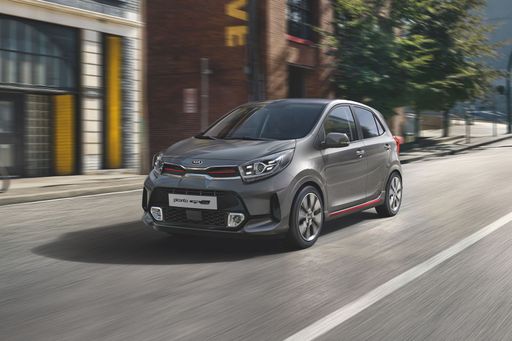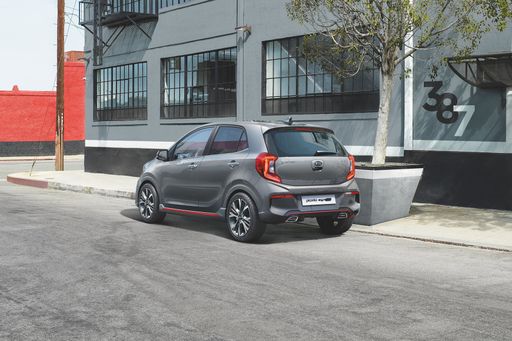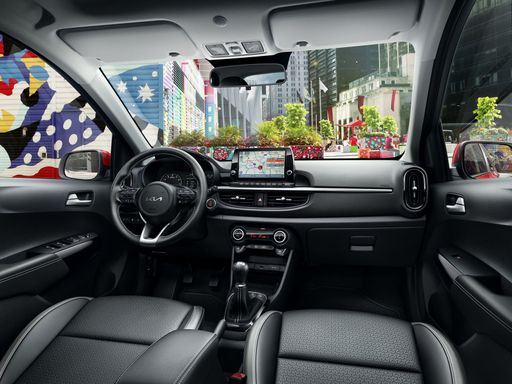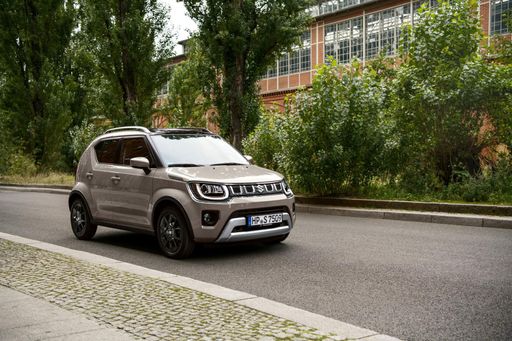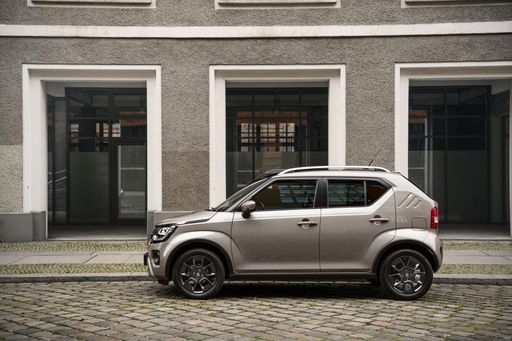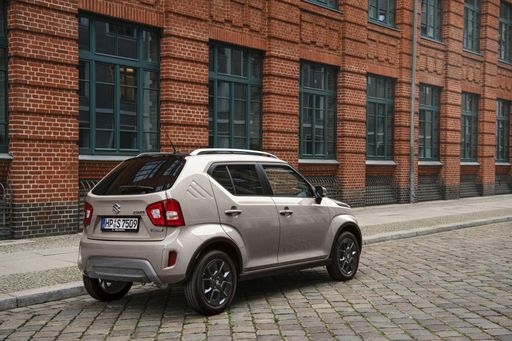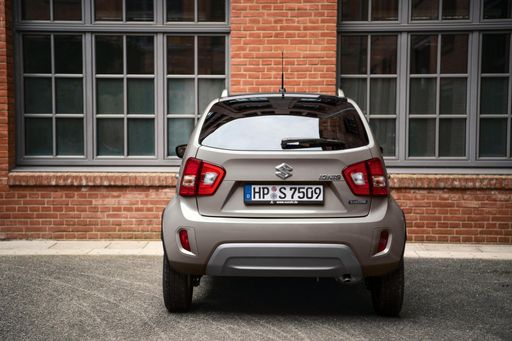The Urban Warriors: Kia Picanto VS Suzuki Ignis
In the bustling realm of compact cars, two standout contenders square off in a match of practicality, economy, and style. The Kia Picanto, a classic hatchback, meets the Suzuki Ignis, a spirited SUV, in a head-to-head comparison. With both vehicles boasting unique attributes, let's delve into their technical aspects and innovations to see which holds the upper hand in the competitive urban landscape.


